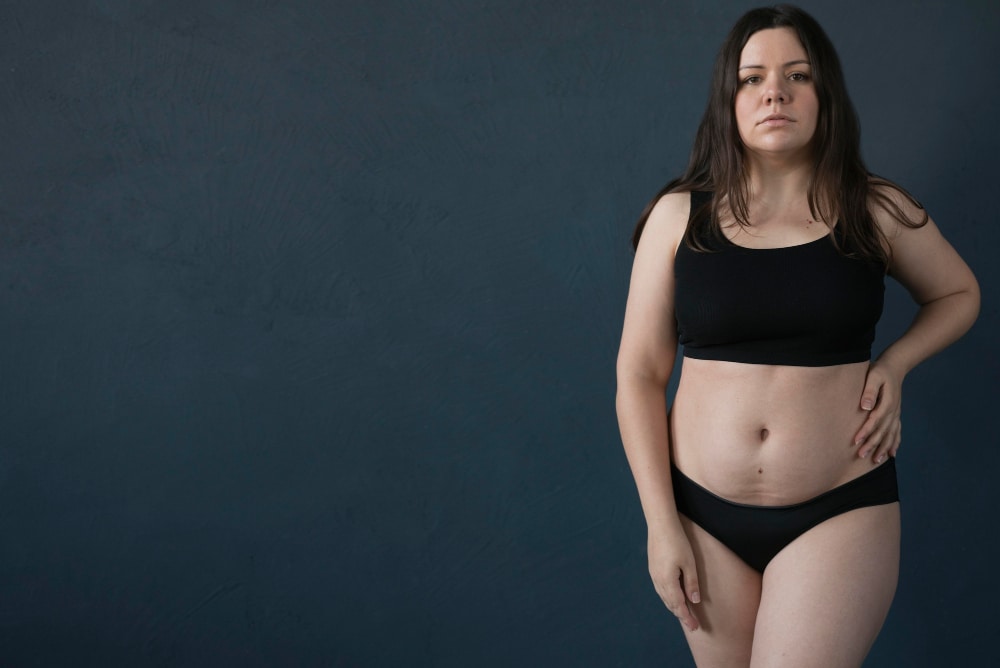
Abdominoplasty, commonly known as a tummy tuck, is often sought after by women post-childbirth to restore their pre-pregnancy body shape. Beyond its cosmetic benefits, recent research has unveiled surprising health advantages associated with this procedure, specifically improvements in back pain and urinary incontinence.
These findings could potentially redefine abdominoplasty as a therapeutic option for these common postnatal health concerns and advocate for insurance coverage of these procedures.
Abdominoplasty involves surgical enhancements to the abdominal area, addressing issues such as excess skin, fat removal, and rectus muscle tightening (rectus plication). There are several types of abdominoplasty procedures tailored to varying patient needs:
Research led by Dr. D. Alastair Taylor and colleagues in Australia investigated the effects of abdominoplasty beyond aesthetics. They collected data from 214 post-childbirth patients between 2014 and 2016, evaluating outcomes through patient-reported surveys including the Oswestry Disability Index and International Consultation on Incontinence Questionnaire.
Before surgery, over half of the patients reported moderate to severe back pain disability, and nearly 43% struggled with urinary incontinence. Following abdominoplasty, significant improvements were noted:
The study attributes these improvements to the rectus muscle repair integral to abdominoplasty. Correcting muscle separation enhances core strength and stability, alleviating strain on the back and improving posture. Additionally, the reduction in excess weight and improved skin tone contribute to overall physical comfort and well-being.
The implications of these findings extend beyond mere aesthetic enhancement. They underscore abdominoplasty as a viable treatment option for postnatal health issues, potentially influencing insurance coverage policies. By recognizing the dual benefits of abdominoplasty, insurers may consider covering the procedure, offering women effective relief from health concerns while enhancing their appearance.
The popularity of abdominoplasty continues to rise in the U.S., reflecting its effectiveness and patient satisfaction. While abdominoplasty addresses significant aesthetic and health concerns, alternatives like non-surgical fat reduction procedures are also gaining traction, providing options tailored to varying patient needs and preferences.
Abdominoplasty represents more than a cosmetic procedure—it offers tangible health benefits, particularly for women navigating post-childbirth challenges. As research continues to validate its therapeutic potential, advocating for broader access through insurance coverage could further empower women to address both their physical health and aesthetic goals effectively.
By embracing these insights, healthcare providers and insurers can contribute to enhancing women’s overall well-being post-childbirth, underscoring abdominoplasty’s role in comprehensive patient care.
Join our newsletter to receive latest news and offers

Medicle MD Ltd
Reg. Number: 14317237
Address: 27 Old Gloucester Street,
WC1N 3AX London,
United Kingdom